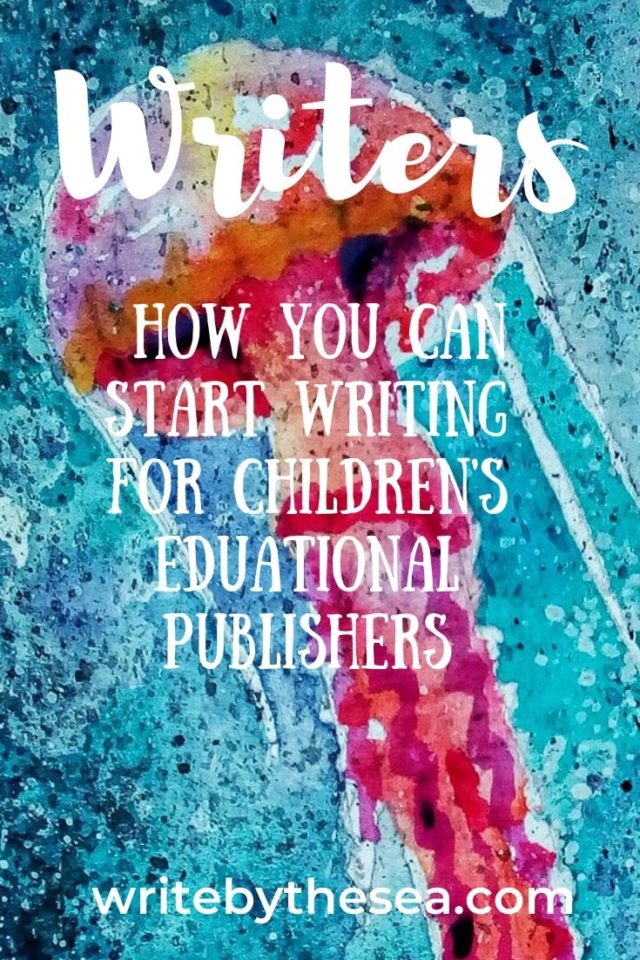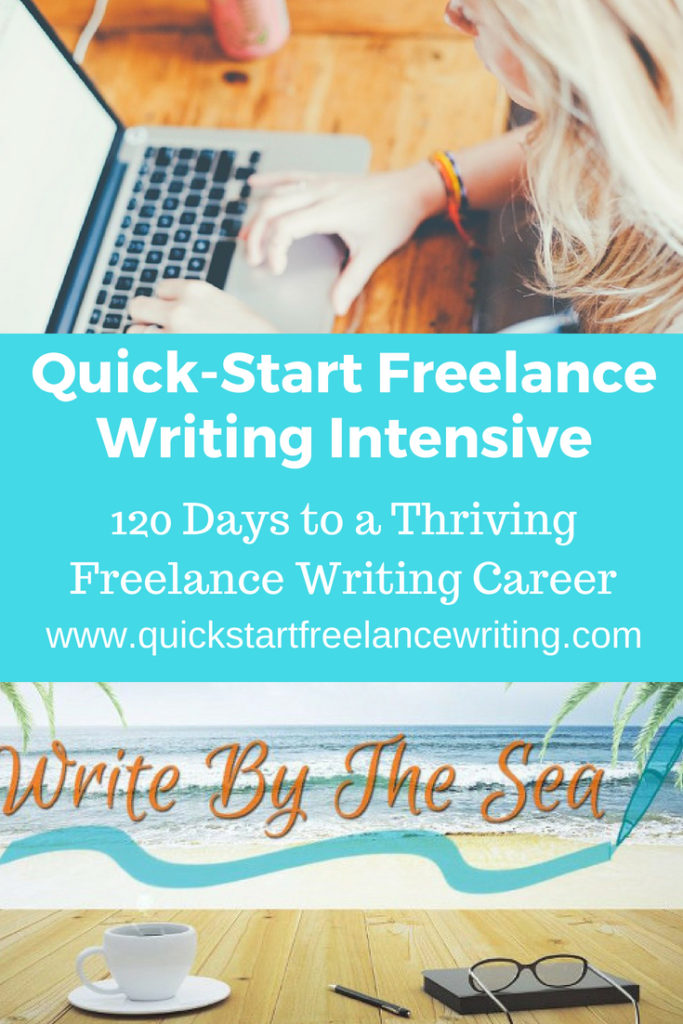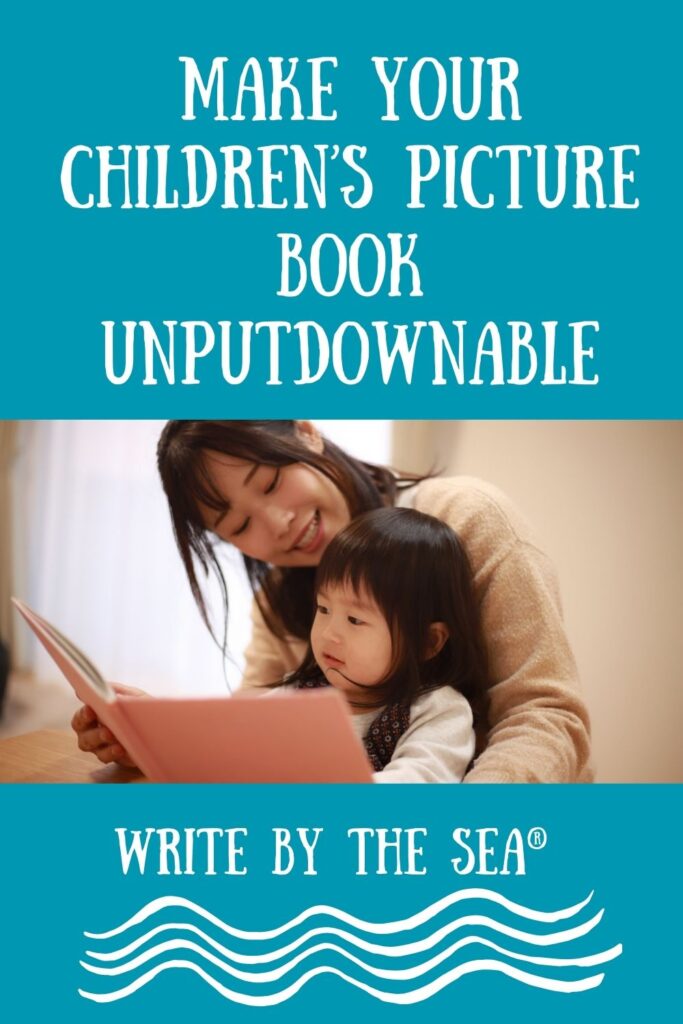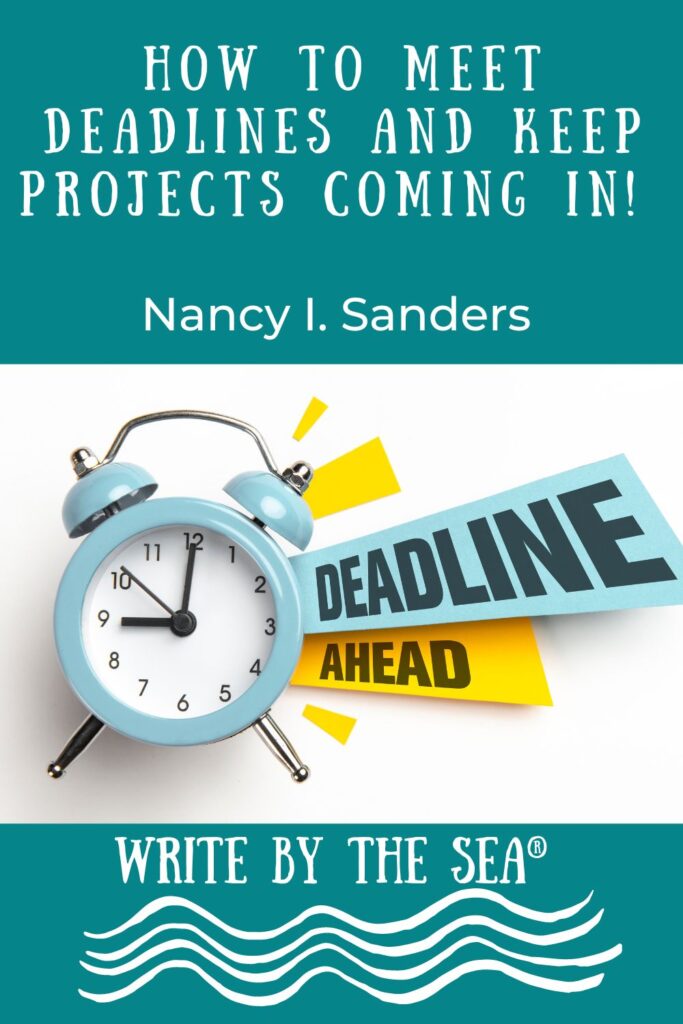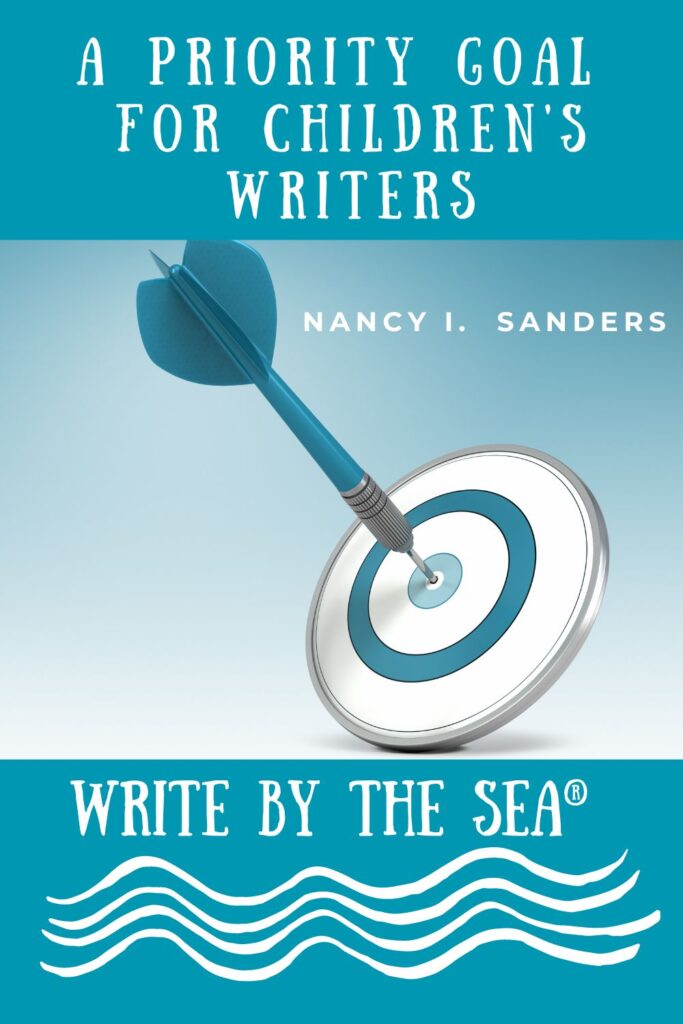If you enjoy writing nonfiction and love to research topics in all sorts of different subject areas then educational publishing just might be right for you.
Many educational publishers need writers.
Surprisingly, though, these publishers generally don’t advertise that fact to writer’s magazines or market guides.
So here’s how to get started in this active market.
DEVELOP A FOCUS
There are basically two different areas of focus you can take in educational publishing.
The first is on writing nonfiction (and some fiction, too) that will be used directly by children (sometimes with the help of a parent or teacher).
This type of material includes reference books, early-readers, remedial readers, textbooks, educational games, workbooks, and even CDs.
The second focus available in the educational market is creating and developing materials that will be used with children by parents, librarians, and teachers.
These materials include everything from books of language arts activities designed to help teachers in the classroom, to books of bulletin board ideas and finger puppet patterns.
It doesn’t really matter which focus you choose.
There are dozens of opportunities available for writers who want to develop educational materials directly for kids, as well as opportunities for those writers who wish to develop materials for teachers and parents to use with kids.
ASSESS YOUR SKILLS AND BACKGROUND
To develop a focus in educational publishing you will need to assess your skills and background.
If you have experience as a preschool or elementary school teacher or librarian, for example, there are many educational publishers who might like to work with you.
Do you speak fluent Spanish, in addition to English?
Then you might be able to freelance for educational publishers that produce books for children who are learning English as a second language.
Even if you don’t speak Spanish (or any other foreign language for that matter) and you’ve never been a librarian or a teacher, you can still break into children’s educational publishing.
Many publishers don’t require authors to have a background in education.
They simply want good writers who know how to thoroughly research a topic and write about it in a way that children will find interesting and easy to understand.
An excellent way to test your researching skills will be to research different educational publishers.
Find out which ones do hire writers without teaching experience, and which ones do hire writers to develop projects they create in house (more about this later).
DEVELOP YOUR RESUME OR BIO
Once you develop a focus for the type of educational materials you want to create, you will need to let publishers know you’re available and what you have to offer.
For this you will need a brief bio or a resume.
A bio (short for biography) consists of a few sentences or paragraphs that describe your background and publishing experience.
The back inside cover of most books (both fiction and nonfiction) usually includes a short bio of the author.
Read the bios of a few of your favorite authors until you get the hang of how a bio should be written.
You probably won’t have as much publishing experience as your favorite author, but you’ll still be able to come up with a sentence or two that describes your work as a writer and/or educator.
It might be something as simple as, “Mary Roberts is a former third grade teacher with over 20 years of experience in the classroom. While she was teaching, Ms. Roberts developed a wide variety of activities to use with her students.”
A resume is longer than a bio.
It should include a list of your publishing credits, any writing related experience, and a list of your teaching experience (if applicable), as well as your education.
In addition to a bio or resume, you’ll need to get good at writing cover letters.
A cover letter simply introduces you to the publisher and explains that you are either looking for assignments with this publisher or you wish to submit your own ideas for publication.
If you hope to submit your own ideas for publication, you’ll need to learn how to write a proposal or prospectus.
Many publishers have guidelines for proposals at their website.
In fact, some publishers even have a form you can complete online that will let you pitch your idea directly to an editor to see if there’s any interest in your idea before you go to all the work of developing a full proposal.
Generally, a proposal should include an outline or a table of contents for the book you are proposing, an introduction or overview, and enough sample pages to give editors a clear idea of the book you are proposing, as well as your writing style.
If you’re proposing a book with illustrations, yet you’re not an illustrator, don’t worry about the illustrations.
Simple drawings that make your ideas clear will be sufficient.
Usually the publisher has artists on staff, or will hire an outside artist, to illustrate your book if it is accepted for publication.
STUDY THE MARKETS
Once you’ve developed a bio or resume, it’s time to start studying the markets.
Skim through the pages of a current children’s book market guide to find listings for a wide array of educational book publishers that produce materials for children, parents, and educators.
Many of these listings include the URL for each publisher’s website.
Go to publishers’ websites that you are interested in writing for to see if manuscript submission guidelines, along with information about their current needs, are posted there.
Search these websites carefully.
Sometimes the manuscript submission guidelines are a bit difficult to find.
Look under the “About Us” or “Contact Us” pages if you don’t see a link directly to submission guidelines.
Once you get to the guidelines, study them carefully.
Also, study the kinds of books and other materials this publisher publishes by looking through their online catalog or list of products.
Also send off for publishers’ catalogs, then look through them to see how much space is allocated to each subject.
If most of the space in a catalog is allocated to products about science, for example, then you will have a better chance of selling science related products to this publisher than you would materials for other subject areas.
CONTACT PUBLISHERS
Once you’ve developed a bio and resume, and you’ve studied several educational publishers, you’ll need to contact the publishers that interest you.
If you don’t have a manuscript you wish to submit, but would like to write for a particular educational publisher, send a cover letter asking if they hire writers to develop titles they create in house.
Include your bio or resume, along with a few clips of articles you have published (if you have them) or some writing samples.
As you gain writing experience and acquire more writing credits, chances are you will also develop more contact with other writers.
Learn to network with these people to find out about additional opportunities with educational publishers.
In the end, most educational publishers just want good writers and researchers.
If that describes you, then educational publishing just might be what you’ve been looking for to get your writing career off the ground.
Try it!
Suzanne Lieurance
Author/Freelance Writer/ Writing Coach
Let me help you develop your career as a full-time children’s freelance writer.
Learn more at www.quickstartfreelancewriting.com.
And don’t forget to join our mailing list.
Just fill in your name and email address, below:

